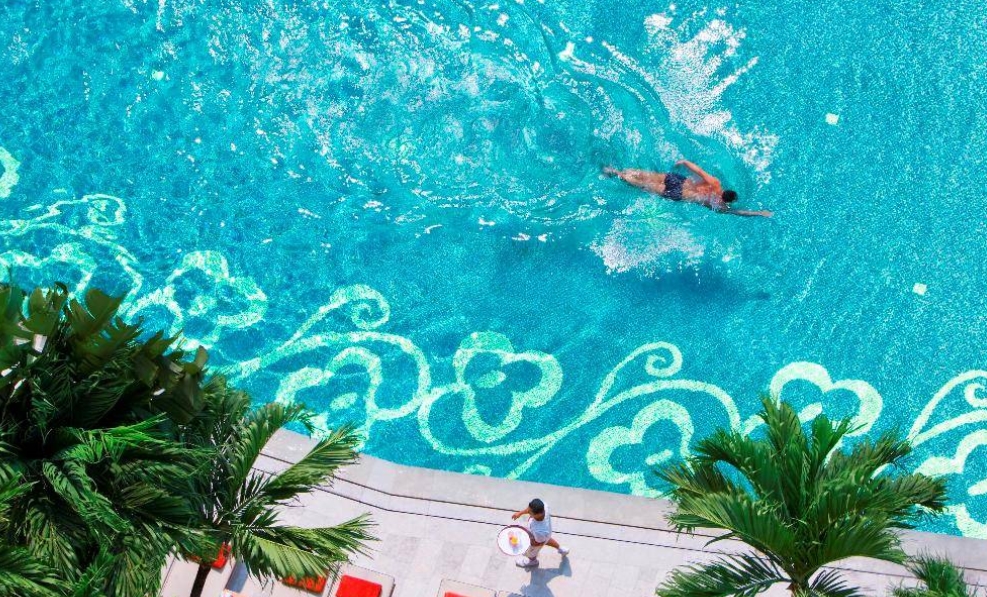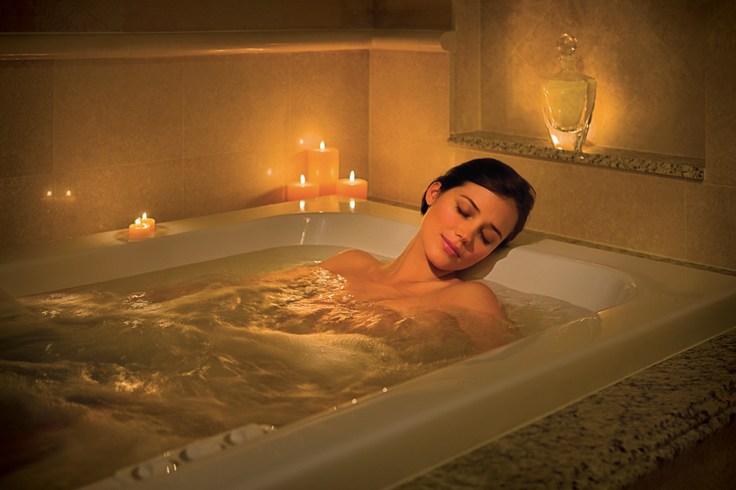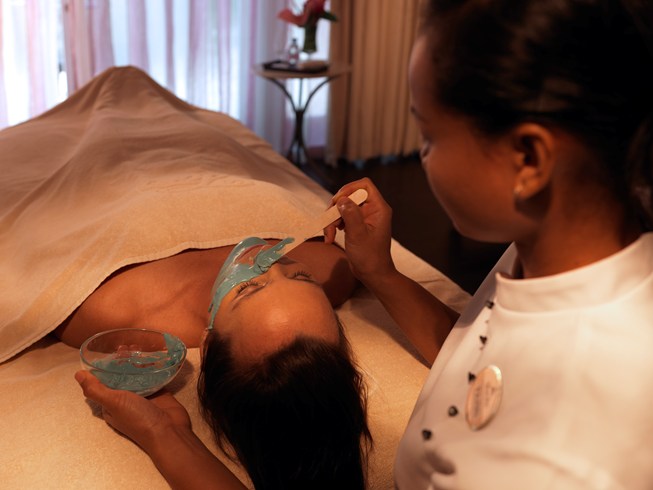Increased Demand for Off-the-Beaten-Path Destinations & Authentic, Local Experiences.
The spa travel is on the rise in North America, which is the now the world’s largest wellness travel market, generating over 40% of the total dollars spent in that global segment, according to ‘State of Spa Travel’ report by SpaFinder Wellness 365, an annual insight into the health of, and emerging consumer trends in, the North American spa travel market.
According to the study, a significant majority (73%) of travel agents reported growth in bookings to hotel, resort and destination spas in 2013. The survey also shed light on the evolving spa traveler demographic, revealing that “women traveling with other women” represents the #1 way people now journey to spas, and that Gen X is slowing overtaking Baby Boomers as the age group most likely to book spa travel. The findings are based on a survey of over 300 North American travel agents completed in Q4 2013.
Last year’s survey revealed that 2012 was a rebound year for spa travel after the long recession: 68% of travel agents reported growth, up from 37% in 2011. But in 2013 agents report even more momentum: 73% of U.S. and Canadian agents experienced growth in spa property bookings last year, while another 23% say they remained about the same as in 2012.
Gen X and Youngest Boomers are the Core Spa Travelers:
Wellness-obsessed Baby Boomers (now aged 49-68) fueled the wider spa revolution and have for years represented the main spa traveling demographic. For 2013 agents reported that the #1 age group most likely to book spa travel is 46-55 (the very youngest Boomers), followed very closely by those aged 36-45 (Gen-Xers). Also significant: the very young, 26-35- year-old group now trumps those over 65 (which includes the eldest Boomers) for spa bookings. As demographic groups age, the story of who is in their peak earning/spending years is also naturally re-written.
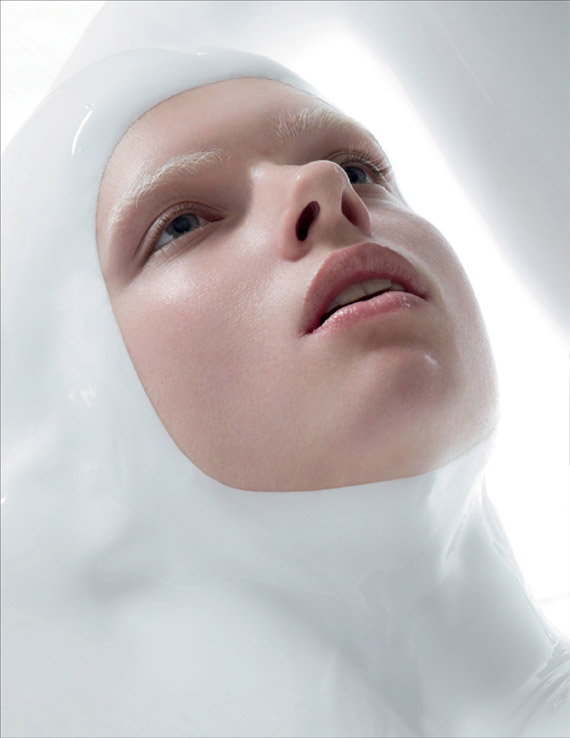
For the first time the survey asked how spa-goers most typically travel, and they reported that women traveling together ranked #1 by solid margins. This was followed by 2) a woman traveling with a man; 3) women traveling solo; 4) families/intergenerational groups; 5) men traveling solo; and 6) men traveling together. Clearly, spa resorts’ marketing and property offerings need to speak to women looking to do a little ‘spa bonding,’ as well as paying close attention to the lone female spa traveler. And it’s notable that family groups outpaced men either traveling solo/together, given that just a few years ago the spa was quite the opposite of a ‘family affair.’
Agents reported on what spa programming now matters most to clients, and ‘traditional pampering’ retained its #1 spot for the seventh straight year (important to 96%). But in 2013 there was notably more parity in traveler demand for other key spa elements: agents reported that health/wellness offerings like exercise and weight loss are now important to 84%, mind-body-spirit programming is important to 68%, and nature/adventure experiences like hiking, water sports, etc. are sought by 67%. So, for the first time, agents claimed that all four, key spa components were important to at least two-
thirds of their clients: further evidence that the spa traveler increasingly seeks comprehensive, integrative wellness options at destinations, mixed with ‘pure pampering.’
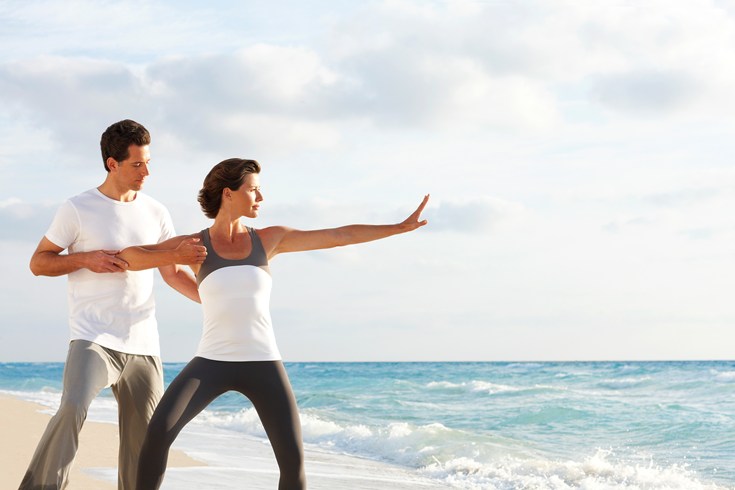
Top U.S. Spa Regions:
Agents reported on which U.S. regions now attract the most North American spa travelers, and the West Coast reclaimed the top spot from Hawaii in 2013. The rankings: West Coast, Hawaii, Southwest, Southeast, Northeast, and Midwest.
Fastest-Growing Global Spa Regions:
Agents also weighed in on which international spa destinations are growing fastest with North American travelers in comparison with 2012. The top 5: the Caribbean, Mexico, Asia, Europe and Central/South America.
Given the luxury travel market’s resurgence, travel agents were queried on how this wider category is evolving. The top two luxury travel trends identified were: 1) Travelers seeking more exotic, off-the-beaten-path destinations (62% reporting); and 2) Travelers seeking immersion in more unique, indigenous cultural experiences, vs. ‘generic luxury’ at destinations (57% reporting). Luxury travelers increasingly want a wide, wide world of destinations to explore – and authentic, hyper-local experiences when they get there.
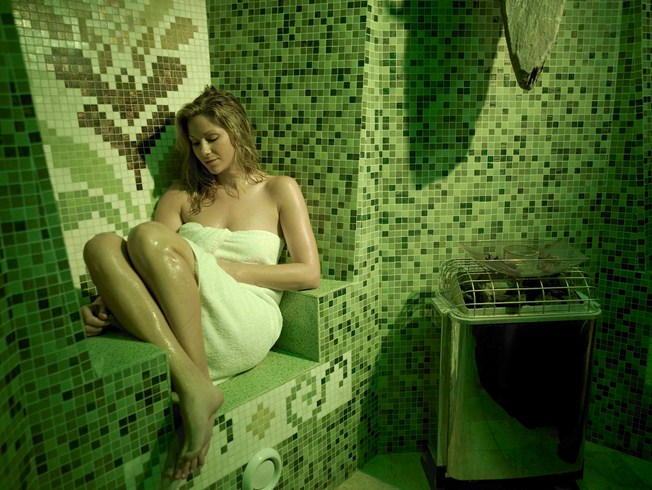
A New, Bigger Spa Travel Map:
Given that the top luxury travel trend identified was demand for more exotic locations, agents were also asked to submit countries they felt were getting ‘significantly hotter’ with the North American spa traveler. While dozens of nations from the Dominican Republic to South Africa received numerous votes, the clear standout was Costa Rica. Other top Central American up-and-comers: Belize and Nicaragua. In South America the standouts were Argentina and Chile. In Europe, The Czech Republic, Croatia and Turkey garnered the most responses, with Italy, Ireland and Slovakia also making a strong showing. For Asia, Cambodia, India, the Maldives, Myanmar and Vietnam made the most agents’ ‘getting hotter’ list – and in Africa, South Africa and the Seychelles ranked highest.

